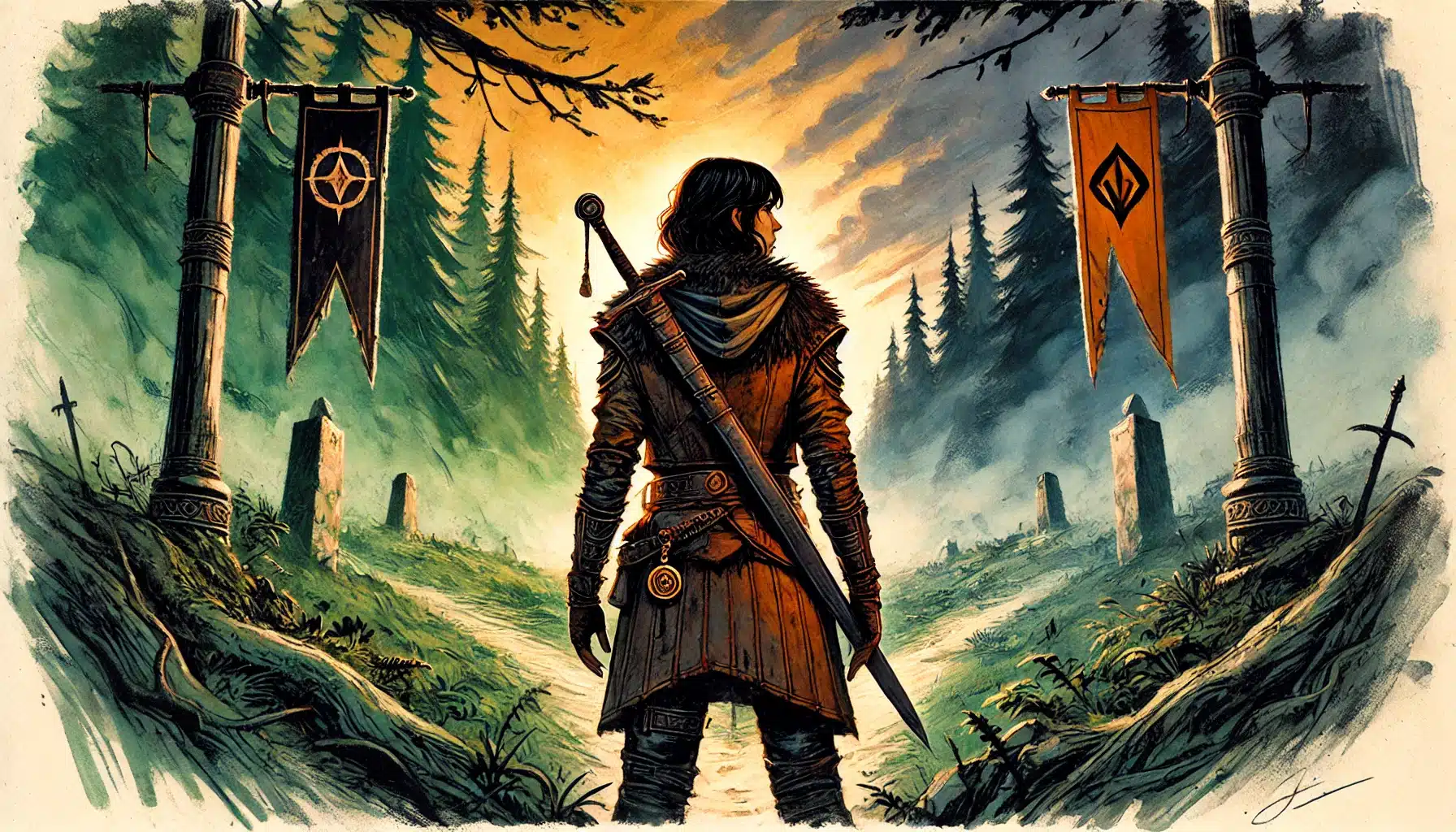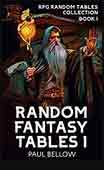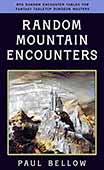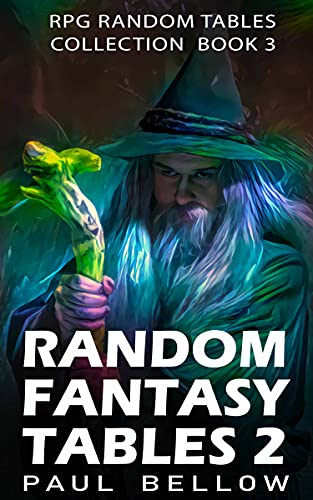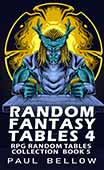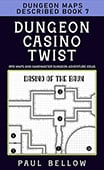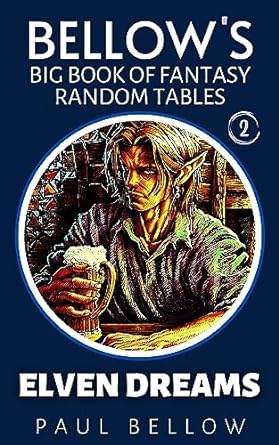In the intricate dance of Dungeons & Dragons storytelling, every character arrives at the table with secrets, scars, and dreams stitched into their soul—real or imagined. These hidden histories, particularly the ones entangled with rivalries and alliances, can ignite a campaign with raw, unpredictable energy. Enter the backstory generator: a tool often dismissed as a shortcut for creativity, but in reality, a forge for the vibrant relationships that shape adventuring parties into legends. When used with intent, these generators become more than digital dice rolls—they kindle the dynamic connections that fuel every memorable campaign moment.
Rivalries and alliances aren’t just optional garnish for your character’s backstory; within a D&D context, they’re the veins through which narrative lifeblood flows. A rivalry is anything from a simmering grudge to a playful competition—an undercurrent of tension that dares characters to outdo, outwit, or outright oppose each other. Alliances, meanwhile, form the backbone of trust, shared ambitions, and hard-won camaraderie, strengthening bonds that weather storms both literal and metaphorical. Both types speak to something universal: our need to belong, to struggle, and to be recognized—by friend and foe alike.
Yet, as any seasoned Dungeon Master knows, there’s a crucial difference between the randomness of a rolled relationship and the weight of a story-driven hook. A backstory generator can spit out “rival: wizard from same school,” but it’s up to the players and DM to breathe life into that spark. Is this rivalry bitter or playful? Did they duel for honor, or because of an accidental insult? The generator offers raw ore; the table forges it into narrative gold.
Why do these relationships matter? Because nothing draws players into a campaign faster than seeing their stories collide and intertwine, their victories and failures echoing across the party dynamic. Instant investment arises when a bard and a rogue find themselves allies by virtue of a childhood pact, or adversaries thanks to a shared nemesis. Tension spikes, drama ensues, laughter is born—and suddenly, players aren’t just rolling dice, they’re living inside the game, hearts racing in sync with their characters.
Crucially, D&D backstory generators are not the end of creativity, but the beginning. Whether you’re a time-strapped DM looking for inspiration or a player seeking deeper connections, these tools offer a launchpad for imagination. With a little customization, even the barest suggestion—“once betrayed by the same noble”—can become meaningful, tailored, and deeply personal. In this way, generated content doesn’t cheapen storytelling; it accelerates it, helping everyone at the table to invest quickly and thoroughly in the game’s shared tapestry.
Why Relationships Matter in Character Backstories
A campaign with no pre-existing ties among the party often stumbles through lukewarm introductions and stilted small talk. But introduce a thread of rivalry or alliance in the backstory, and suddenly, your adventure begins at a full gallop. Pre-established relationships inject a current of immediacy—players already know who to trust, who to side-eye, and whose secrets are worth prying into. This foundation makes early roleplay richer and encourages characters to showcase their personalities organically.
Try my AI Tabletop RPG generators...and an extensive library of content!
Players, gifted with pre-loaded connections, enjoy a running start. Instead of laboriously crafting reasons to care about each other, they’re launched straight into complex dynamics—unrequited loyalty, simmering resentment, sibling protection, or long-held debts. From there, connections evolve naturally, shaped by every decision and dice roll. The story feels less like strangers stumbling together and more like intertwined destinies colliding on the road.
Relationships laced with social stakes rival the allure of any dragon’s hoard. When a character’s goals are entangled with an alliance or colored by a grudge, their in-game motivations become visceral. Why delve into that cursed tomb? For gold, sure. But also to prove to your rival that you’re the braver soul—or because your ally’s kin was entombed there, and you’re bound by loyalty as much as greed. Social motivations can drive as many risky decisions as any pile of coin.
Beyond the tension of rivalries, alliances add the warmth of camaraderie and hope. They become a source of emotional grounding—a roleplay anchor that steadies the party in times of chaos. When the world goes grey and grim, standing shoulder to shoulder with a trusted ally (especially one with their own quirks and faults) elevates every victory and softens each blow. In short: rivals spark fire, allies offer shelter, and together, they make every D&D campaign feel alive.
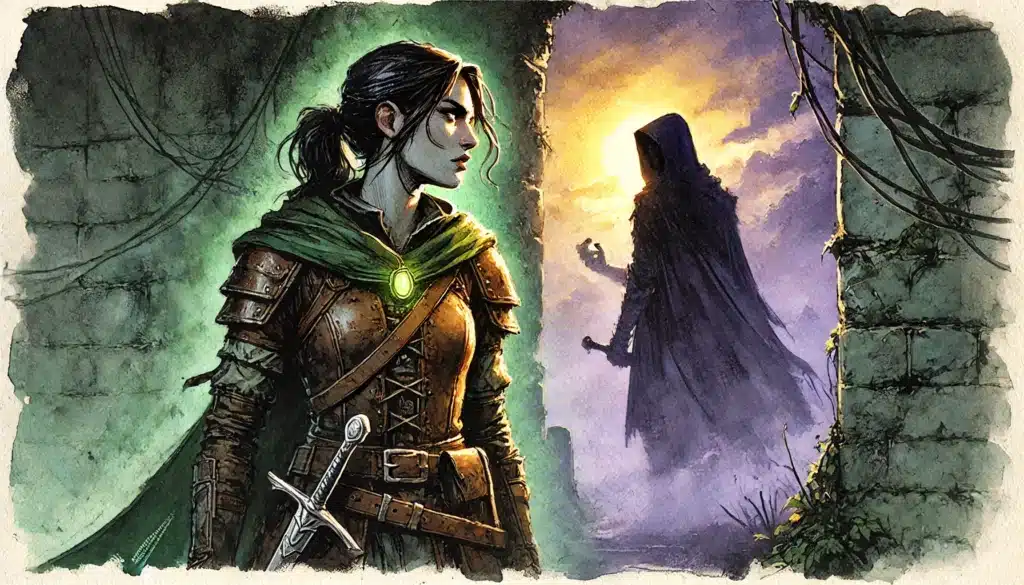
What to Look for in a Backstory Generator
Every backstory generator offers something different, but when it comes to fueling vibrant relationships, some features rise above the rest. Flexibility is key: you want a tool that adapts to any campaign setting, from high fantasy courts to grimy city underbellies. It should allow for broad strokes (childhood enemy, secret sibling) but also offer specifics—was that rivalry born of jealousy or a failed heist? Did the alliance survive a monster attack or the crucible of a political coup?
⚔️ Fantasy RPG Random Tables Books
Make life as a Gamemaster easier…
If you play Dungeons & Dragons, Pathfinder, or other fantasy RPGs, this
RPG random tables series
is packed with encounters, NPCs, treasure, and more. Available in eBook or print—either way, you’ll have a wealth of adventure ideas at your fingertips.
Specificity and nuance matter even more. Shallow generators churn out generic prompts: “You have a rival.” That’s barely a skeleton. A detailed generator teases out the marrow—why do you rival this person? What’s the history, the emotional texture, the unresolved scar? Do you both want the same magical artifact, or did one save the other’s life only to demand a deadly favor in return? The best generators suggest choices, dilemmas, and dramatic hooks, not just lists.
Finally, consider tone. Some campaigns thrive on melodrama, others on subtle intrigue or comic rivalry. The ideal generator lets you select for mood—tragic betrayals or playful spats, tragic bonds or pragmatic alliances. It should plant seeds for conflict and chemistry, but leave room for players and DMs to shape the blooms. Look for prompts that evoke history—shared victories, old wounds, family sagas, philosophies at war.
Features or prompts a good relationship-oriented backstory generator should offer:
- Shared history options (mentors, classmates, former co-adventurers)
- Past betrayals and their context
- Old debts—who owes whom, how much, and why?
- Family ties and potential legacy drama
- Opposing or aligned ideologies (religion, politics, magical theory)
- Romantic tension or past relationship fallout
- Unspoken jealousy (over favors, power, or recognition)
- Secret pacts or oaths between characters
- Mutual enemies and shared vendettas
- Fateful accidents that bound or sundered them
- Competing ambitions or conflicting goals
- Sibling rivalry or close kin loyalty complications
- Mentor/protégé dynamics with baggage
- Vows of vengeance or forgiveness yet to be fulfilled
- Shared guilt over a past failure or crime
When choosing or modifying generator output, consider first your campaign’s tone and central themes. Gritty noir settings benefit from more betrayal and moral ambiguity; high-heroic tales shine with storied alliances and noble oaths. Don’t hesitate to tweak details, merge multiple prompts, or use generated elements as scaffolding for your own twists. The best results come from collaboration—players shaping prompts to fit vision, DMs weaving connections into the world’s living fabric.
Remember, generated prompts are just jumping-off points. The real story comes alive when players and DMs get their hands dirty, blending random seed with intentional growth. Embrace the mix of surprise and design—your campaign will be all the richer for it.
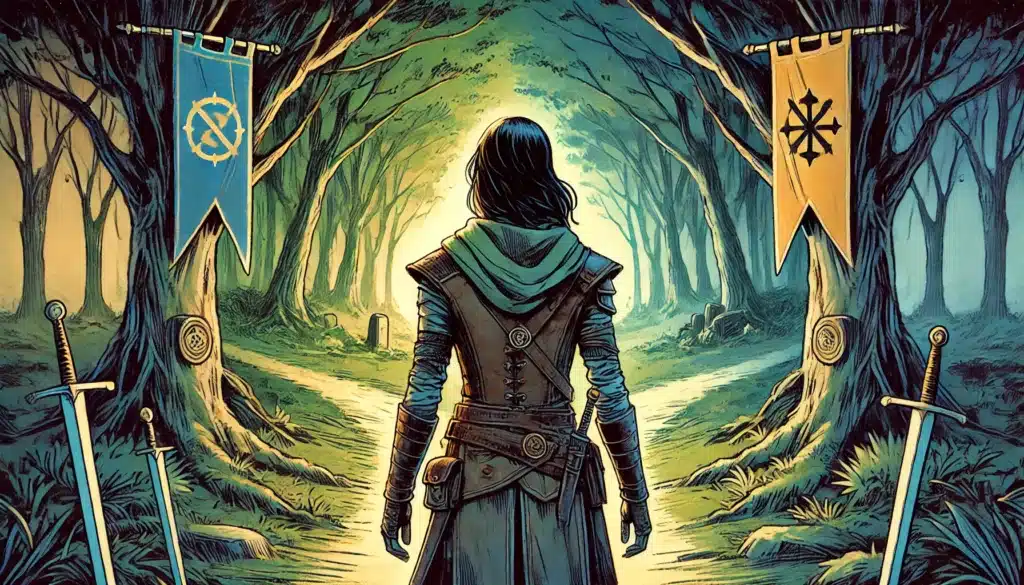
Turning Generated Prompts into Story Hooks
A generated prompt is a spark; the campaign is the bonfire you build from it. It only takes a line—“You were both betrayed by the same NPC”—to send an entire plot thread unfurling through sessions. Suddenly, that line is an invitation: a new quest for justice, a mystery to unravel, or a reason to question each and every new face encountered. The trick lies in expansion—asking what circumstances led to this betrayal, how each character processed it, and how their bond sharpens or blurs in pursuit of shared vengeance.
Timing is everything. Maybe the betrayal comes to light just as a crucial negotiation teeters on the brink, or an alliance is tested during a desperate standoff. Gradually revealing layers—old wounds, secrets withheld, trust given too soon—builds suspense and emotional heft. Involving major NPCs or world events tightens the connections, transforming personal drama into campaign-driving urgency.
When using these prompts, always anchor them in the setting. If a rivalry started in a thieves’ guild, perhaps the guild resurfaces to threaten both parties; if an alliance formed during a siege, echoes of that night haunt each new battle. Link the relationship to ongoing world events or antagonist schemes—a shared vision, prophecy, or curse tying the party’s fate to larger conflicts.
Best of all, let the players shape these hooks. When given the kernel—“You swore an oath together”—invite them to flesh out the details: what compelled the oath, what’s at stake, and what might be lost if it’s broken. The more ownership they have, the more the relationship powers the campaign’s heart.
Examples of turning rivalry or alliance prompts into playable arcs:
- Sworn vendetta: Two PCs unite to avenge betrayal by the same villain—could become a multi-session hunt.
- Forbidden romance: Secret relationship strains party trust when revealed at the worst possible time.
- Mutual blackmailer: Rivalry over who can silence/turn the NPC who knows both their secrets.
- Oathbound protection: One PC owes life-debt to another; a deadly battle tests the limits.
- Magical artifact dispute: Both claim the right to wield a legendary item—duel or negotiation?
- Competing heirs: Two characters race to claim a shared inheritance, dragging the party into a family feud.
- False accusation: One party member was framed for a crime by the other’s ally, creating moral dilemmas.
- Secret society ties: PCs discover they belong to opposing (or allied) secret orders with conflicting goals.
- Shared mentor’s will: Duty to fulfill an enigmatic last wish draws unlikely allies together.
- Unpaid debt: An old loan resurfaces at a critical moment, with dangerous strings attached.
- Prison break: PCs who escaped captivity together are hunted by their former jailers—revenge or reconciliation?
- Vengeance interrupted: A rivalry put on hold to tackle a greater threat, leaving wounds unhealed.
- Prophetic dream: Shared vision drives two PCs together, pursued by cultists or fate itself.
- Uncovered betrayal: A trusted NPC manipulates rivals/allies alike, sparking a rebellion or coup.
- Pact with a devil: A past alliance forged out of desperation, now resurfaces with infernal consequences.
- Tournament rivals: Duels and competitions escalate, but a monster attack forces cooperation mid-fight.
- Sibling rivalry revisited: Long-buried family secrets spark loyalty tests during a mission home.
- Political marriage: Alliance of convenience is forced into the open by court intrigue.
- Mentor-turned-enemy: Old teacher becomes adversary, dragging student and ex-allies into a shadow war.
Let your imagination off its leash; the richest, longest-lasting campaign threads often begin with the simplest root. Invest time in nurturing these ideas, letting them intersect and cascade across adventures. Rivalries can be the pebble that starts an avalanche; alliances the glue that keeps the party together when worlds fall apart.
Ultimately, the best stories aren’t found in the prompt—they’re born in the way you twist, build, and play with it at the table.
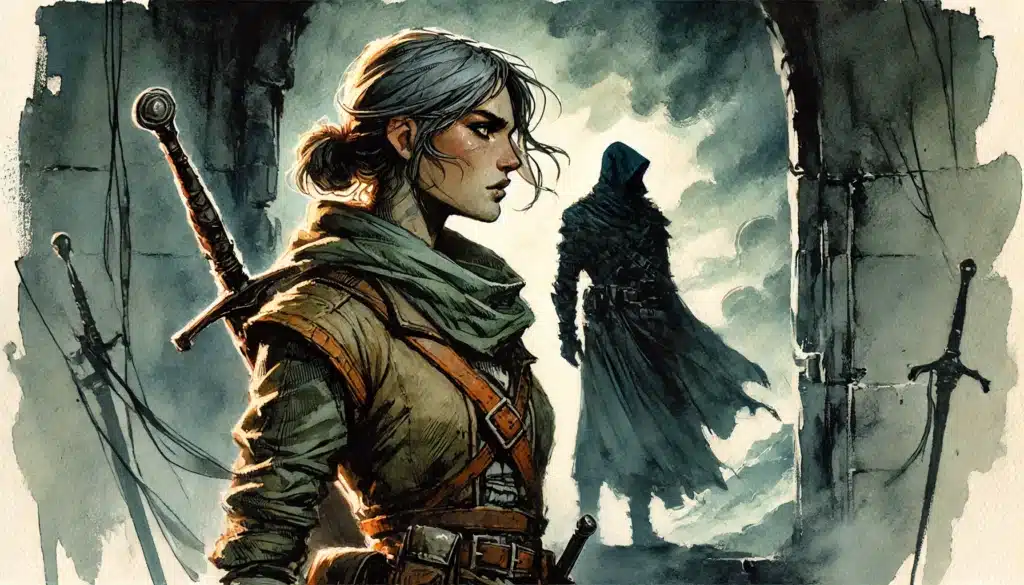
Balancing Relationships Across the Party
A party of adventurers can swiftly become lopsided if relationship drama spotlights only a single pair of characters. Dungeon Masters need balance—a careful weave of connections that offers everyone a slice of the emotional pie. Cross-party rivalries work well when they play out in ways that deepen team unity, not fracture it. External rivalries (with formidable NPCs or rival adventuring bands) invite the whole party to bite into dramatic tension, while internal rivalries require extra care so no one feels sidelined or alienated.
Shared allies can serve as unifying forces: a mutual patron, a beloved mentor, or a family matriarch everyone respects. These bonds pull the team toward common cause, while individual allies or rivals let each player personalize their arc. Give every player at least one meaningful relationship—ally, rival, or both—and rotate the spotlight so all get moments to shine.
⚔️ Fantasy RPG Random Tables Books
Make life as a Gamemaster easier…
If you play Dungeons & Dragons, Pathfinder, or other fantasy RPGs, this
RPG random tables series
is packed with encounters, NPCs, treasure, and more. Available in eBook or print—either way, you’ll have a wealth of adventure ideas at your fingertips.
Avoid letting the rivalry or alliance between two party members dominate every session. Encourage moments when quieter characters’ relationships drive the current scene, and intersperse major revelations or conflicts with collaborative party goals—a heist that tests trust or an escape that forges new alliances under fire. As the campaign shifts, let alliances and rivalries crisscross, intertwine, and even dissolve, evoking a living, breathing social tapestry.
Most importantly, use relationships as opportunities for growth, not division. When introducing a powerful new connection, think about the best session moment—the campaign opener for broad setups, downtime vignettes for personal arcs, climactic battles for high-stakes reveals. A thoughtful DM can weave deep relationships without letting them become a wedge that splits the party’s cohesion.
| Relationship Type | Sample Generator Prompt | Potential Campaign Hook | Ideal Session Moment |
|---|---|---|---|
| Sibling | “Your brother fights in the rival army” | Rescue/defeat sibling during a key battle | War arc introduction |
| Rival | “You both seek the same ancient relic” | Compete or collaborate to claim the prize | Dungeon crawl mid-point |
| War buddy | “Saved each other during a siege” | Revisit the city under threat | Flashback or present-day siege |
| Ex-lover | “Your romance ended in betrayal” | Reunite when a quest requires cooperation | Early intrigue, social event |
| Patron’s favorite | “Both seek to impress the same mentor” | Mentor sets impossible task for favor | Training montage, downtime |
| Secret society | “Share secret membership, but goals differ” | Society mission with conflicting objectives | Social intrigue arc start |
| Debt owed | “You owe each other for past risks taken” | Repayment required at a crucial crossroads | Mid-campaign moral dilemma |
| Student/teacher | “Once mentored, now on equal footing” | Mentor falls from grace, forces hard choice | Mentor in peril, late campaign |
| Orphanage ties | “Grew up together in hardship” | Orphanage threatened, old bonds reignite | Hometown return, downtime |
| Cursed together | “Share a magical curse” | Quest for a cure, risk of curse claimants | After a supernatural encounter |
As the campaign unfolds, check in with your players. Relationships should enhance the story, never fracture the team or overshadow anyone’s joy at the table. Early conversations—about comfort levels, rivalries, and alliances—set expectations and boundaries, while ongoing check-ins ensure narrative tension is always fun, never hurtful. Let relationships unite as often as they divide, keeping the heart of the party intact.
Building Lasting Rivalries
Rivalries are fires—if neglected, they sputter and fade; carefully managed, they blaze into defining features of a campaign. The best rivalries are dynamic, not static. As sessions unfold, rivalries shift in tone and intensity, growing through competition, unexpected alliances, betrayals, or even redemption. What starts as a playful duel for glory can, with time, transform into a bitter feud or a grudging respect that borders on friendship.
Loyalties twist, sometimes in the heat of necessity. Two rivals might join forces to face a greater enemy, fighting back-to-back even as they argue over who gets credit (or loot). Each victory or setback adds another layer—maybe a stolen kill, a stolen heart, or a shared, shameful secret discovered under duress. The rivalry pulses in the background, sometimes flaring red-hot, sometimes simmering just beneath the surface.
Betrayal and reconciliation are fertile ground for drama. There may come a turning point—a crisis or confession—where one rival chooses the other over a tempting offer or a darker path. These reversals keep tensions high and audiences guessing. Don’t be afraid to let rivals help, heal, or even save each other—bitterness transformed into a new chapter.
Tone matters: rivalries don’t have to be all daggers and glares. One campaign’s rivalry might be so over-the-top it borders on comic, while another plays for keeps with deadly stakes. Adjust the mood to suit your group’s playstyle and campaign world.
Try my AI Tabletop RPG generators...and an extensive library of content!
Traits or developments to escalate a rivalry over time:
- Betrayal (minor snubbing or major backstabbing)
- Ongoing competitions (tournaments, contests, constant one-upmanship)
- Secrets revealed (family, crimes, or hidden motives)
- Status imbalances (titles, fame, magical power)
- Intervention of mutual allies or enemies
- Competing for a love interest
- Public humiliation or disgrace
- Past crimes coming to light at the worst moment
- Ideological divides (religion, politics, magic)
- One-sided loyalty (unrequited respect, admiration, or contempt)
- Unplanned alliances in desperate circumstances
- Catastrophic mistakes blamed on each other
- Rumors or lies spread by third parties
- Unsettled scores (duel lost, argument unresolved)
Rivalries are only satisfying when all parties treat them as collaborative drama, not PvP combat. Trust and communication between players are essential. Before launching a rivalry, have a candid discussion: What’s fun, what’s off-limits, and what can the rivalry add to both your stories? With mutual respect and creative openness, a well-crafted rivalry becomes unforgettable tale-spice rather than toxic spotlight theft.
Remember, the point of rivalry isn’t to “win” but to create moments—triumphs, standoffs, close calls, and maybe, just maybe, a redemption arc worth telling for years to come.
Making Alliances Compelling, Not Boring
Alliances are the counterpoint to rivalries—comforting, yes, but never static when done well. Real alliances are layered with history and tension: promises made, debts overdue, and loyalties strained to breaking. An alliance can mean unwavering trust, but it can also mean uncomfortable obligation, clandestine favors, or diverging goals that rear up at the worst possible moment. Much like rivalries, alliances should be living, breathing connections—always at risk of transformation.
Look for the cracks in every partnership. Is one party always coming to the rescue, breeding resentment or unspoken gratitude? Was the alliance ever truly mutual, or does one hold more power? Are secrets kept out of love or cowardice, protection or manipulation? The best alliances feature tests—by outside enemies, irresistible treasure, or moral crossroads—that force characters to reassess what they’re willing to die, or even kill, for.
Dangerous favors and mutual debts are delicious seeds for tension. Maybe a cleric uses forbidden magic to heal an ally, only to ask for a secret favor later on. Or an alliance is formed under duress—a truce made to fend off a greater foe, one both sides know is temporary at best. These strains push friendships to their limits, generating drama on par with any battle.
Just as rivalries can become comic or deadly, alliances can pivot from playful bickering to heart-wrenching sacrifice. Don’t be afraid to let alliances sour, mend, or collapse, or to test characters with hard choices—revealing how much trust, love, or need really lies beneath.
Alliance dynamics that introduce story tension:
- Oathbound relationships (sworn to protect or avenge)
- Secret protection pacts (one-sided knowledge)
- Reluctant truces (unwilling but necessary cooperation)
- Unbalanced power dynamics (mentor/protégé, leader/follower)
- “Sibling” protection (family or found family loyalty)
- Rival alliances within the same party
- Shared taint/cursed fate (alliance by necessity not friendship)
- Unspoken romantic tension (friendship bordering on more)
- Alliance founded on mutual blackmail or threat
- Debt-forgiveness bargains (conditional loyalty)
- Political marriage or arranged partnerships
- Shared forbidden knowledge (danger if revealed)
- Temporary ceasefires for common goals
- Protective lies told to spare the other
- Enemy-of-my-enemy cooperation
Alliances are story vessels for emotional complexity—teetering between gratitude, guilt, dependence, and admiration. Let those dynamics pulse throughout the campaign, turning simple loyalty tests into defining character moments. Use allies as solid ground in a world spinning out of control; give them flaws, secrets, and needs that demand real choices. In chaos, they anchor the party, and in darkness, they spark hope.
Tools and Tips for DMs Using Relationship Generators
Dungeon Masters wielding backstory generators hold a font of potential narrative fuel. But raw prompts, no matter how well-crafted, need adaptation to fit your world. Start by tweaking generated elements: swap out kingdoms, guilds, or pantheons for equivalents in your setting. Adjust the scope—is that childhood rivalry local, or haunted by politics spanning nations? Tailor the tone to mesh with your campaign’s flavor, from gritty realism to high-fantasy operatics.
Always offer your players options. Don’t demand they accept a prompt as gospel; instead, present several possibilities and invite them to riff, combine, or reject as they see fit. Collaboration breeds ownership. Perhaps a prompt about a shared criminal past evolves into an accidental heroism that defined both characters. Encourage your party to shape, snip, and expand on the scaffolding you provide.
NPCs can and should mirror or challenge generated player relationships. If two PCs share a hated rival, introduce that NPC with their own ambitions and secrets, shaping the party’s relationship over time. Let external relationships ripple across your campaign world—rival adventuring teams, secret societies, or estranged family members can deepen immersion and keep relationships fresh.
Use generators as inspiration, not as dictation. If a prompt doesn’t fit, rework it or set it aside. Let player ideas springboard off generated seeds, and let the results guide, but never constrain, the living story. The best moments are born from creative synthesis, not rigid adherence to prompts.
| Generator Type | How to Modify for World Integration | Player Questions to Deepen Relationship |
|---|---|---|
| Rivalry | Localize to a specific guild or noble house | What did you compete for? How did you first meet? |
| Rivalry | Tie to a recurring villain’s machinations | Why hasn’t the grudge faded? What would end it? |
| Alliance | Use a shared mentor unique to your setting | Who brought you together? What’s your shared cause? |
| Alliance | Base the relationship on a party’s cultural bond | What tradition unites you? Where did you meet? |
| Neutral bond | Make it a shared hardship from a world event | What did you lose, and what did you learn? |
| Rivalry | Connect to a religious schism or heresy | What beliefs keep you divided? Ever doubted it? |
| Alliance | Tie the bond to a prophecy native to your world | What do you each stand to gain or lose? |
| Rivalry | Set rivalry in a local tournament or contest | How did the contest impact your life? |
| Alliance | Have both PCs be members of the same magical order | Who do you trust most in the order? Least? |
| Neutral bond | Focus on business partnership gone sideways | What went wrong? Still business, or personal now? |
| Rivalry | Shared criminal past/polyhedron gone bad | What law did you break? Who didn’t get caught? |
| Alliance | Ancient family alliance adapted for the setting’s houses | What was the original pact, and is it honored still? |
Treat generated relationships as frame and foundation; the campaign’s story is built as your players step inside and start living it. Revision and expansion are your friends—never fear rewriting or refocusing a prompt to fit your table’s needs.
Consider your generator results the beginning, not the end. The magic lives in how you all—Dungeon Master and players alike—interpret, play with, and develop each relationship across the campaign’s unfolding events.
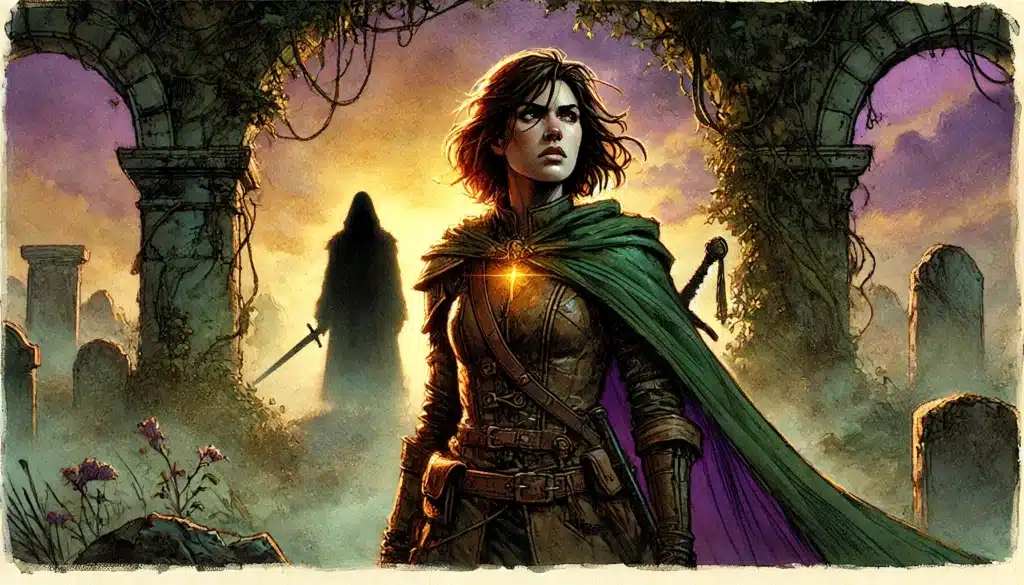
Final Thoughts on Using Generated Relationships
Backstory generators, far from being a crutch or shortcut, are vital tools in the collaborative storytelling arsenal. They offer the unexpected—the twist you hadn’t planned, the connection you didn’t know you needed. When guided by thoughtful intent and creative collaboration, even the simplest prompt can branch into narrative complexity that endures for campaigns.
For Dungeon Masters, these random seeds are an invitation to worldbuild in new directions, to weave individual threads into party-defining storylines. For players, they offer a way in—a hook to latch onto, an excuse to connect, a secret to protect or expose. The beauty of the process lies in transformation: what begins as a die roll can become the emotional high point of an entire tale.
Rivalries and alliances, generated or not, propel character growth, challenge assumptions, and forge the type of party cohesion that outlives any dragon or dungeon. They make each choice weightier, each victory sweeter, and each defeat a lesson shared instead of a burden endured alone.
⚔️ Fantasy RPG Random Tables Books
Make life as a Gamemaster easier…
If you play Dungeons & Dragons, Pathfinder, or other fantasy RPGs, this
RPG random tables series
is packed with encounters, NPCs, treasure, and more. Available in eBook or print—either way, you’ll have a wealth of adventure ideas at your fingertips.
Above all, remember this: the point of using generators isn’t to script every beat, but to spark imagination and togetherness. Let the randomness surprise you. Embrace the tangents, the detours, and the depths those first words might lead you toward.
The best campaign relationships aren’t those you rolled. They’re the ones you played, shaped, and shared—each session, each story, a little deeper, a little richer, a little more your own.

